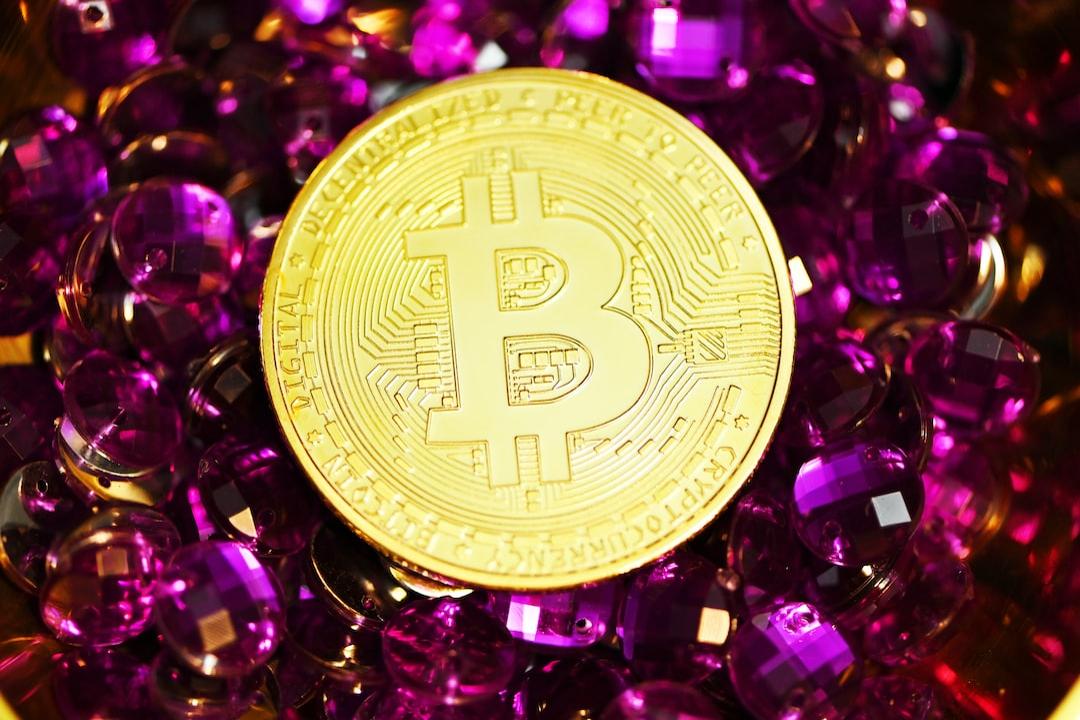Following the higher-than-expected increase in US CPI in January, the January PPI data released on Friday also exceeded market expectations, highlighting the continued existence of inflationary pressures. A Federal Reserve official stated that it would be appropriate to start lowering interest rates in the third quarter of this year. However, former US Treasury Secretary Lawrence Summers warned today that there is still a possibility of the Federal Reserve raising interest rates in its next move.
Summary:
Fed officials reassure the market: No need for excessive reaction to higher-than-expected CPI, rate cut is not far away.
Background:
US CPI exceeds expectations, no hope for rate cut in March! Bitcoin falls below $49,000 and Ethereum falls below $2,650.
Table of Contents:
CPI, PPI Exceed Expectations, Market Expects Rate Cut in June
Former US Treasury Secretary: Possibility of the Federal Reserve raising interest rates in its next move
Federal Reserve official: Rate cut may not begin until summer
10-year US Treasury yield rises, surpassing 4.3%
The US Bureau of Labor Statistics released key inflation data on Friday (16th).
Report:
It showed that the US Producer Price Index (PPI) increased by 0.9% year-on-year in January, higher than the market’s expected 0.6%. The monthly increase was reported at 0.3%, also higher than the market’s expected 0.1%, marking the largest increase in five months. The core PPI, which excludes food and energy, increased by 2% year-on-year and 0.5% month-on-month in January, both exceeding economists’ expectations and reaching the highest increase since January 2023. The increase in January’s PPI was driven by rising service costs, with a monthly increase of 0.6%, the largest increase since July last year.
The January CPI, announced on the 13th, showed a year-on-year increase of 3.1%, higher than the market’s expected 2.9%. The core CPI, which excludes food and energy costs, increased by 3.9% year-on-year, also higher than the expected 3.7%. The two inflation data points that the Federal Reserve is concerned about reflect the stubborn inflation pressure in the US, which has made the market more pessimistic about the Federal Reserve’s rate hike expectations in the first half of the year. The CME Fed Watch data shows that the market believes there is a 90% probability that the Federal Reserve will pause rate hikes at the March meeting, a 61.6% probability of maintaining interest rates at the May meeting, and a slightly more than half (53.7%) probability of the first rate cut in the June meeting.
Market expectations for the start of rate cuts by the Fed have been pushed back to at least June. Source: CME Fed Watch tool
It is worth noting that this week’s two inflation data points have led former US Treasury Secretary Lawrence Summers to state in an interview with Bloomberg today that inflationary pressures in the US continue to exist and that the next policy move by the Federal Reserve could be an “interest rate hike” rather than a rate cut. Summers pointed out that economists currently expect housing costs to become an important deflationary factor in the overall price index, but this has not yet materialized. “Leaving aside the rental part, the cost of owner-occupied housing has not shown signs of deflation and may continue to exert pressure on prices for the remaining time in 2024.” In addition, he believes that another concerning issue is “service costs”, which do not include food and energy costs or housing costs pushed up by wage increases. This index did show a significant increase in January.
Summers described this week’s inflation data as “undoubtedly questioning the assumption that inflation will drop to the 2% target in a calm, healthy real economy.” As for when the Federal Reserve might start cutting interest rates, he predicted that “it is unlikely in May for now.”
After the unexpected release of the inflation report this week, other Federal Reserve officials also expressed their views on the anticipated rate cut that the market has been eagerly awaiting. Raphael Bostic, president of the Federal Reserve Bank of Atlanta, who has voting rights this year, said that “the possibility of a rate cut may not start until summer” and predicted that there would be two rate cuts this year. However, if inflation data is optimistic, the number of rate cuts may increase to three. Mary Daly, president of the Federal Reserve Bank of San Francisco, called on the Fed to resist the temptation to cut rates as soon as possible and patiently wait for the right time to cut rates. Thomas Barkin, president of the Federal Reserve Bank of Richmond, stated that the latest inflation data this week highlights the reason why policymakers want to see more data before cutting rates.
On the other hand, after the release of the CPI and PPI data this week, the US bond market saw a widening sell-off, resulting in an increase in bond yields. CNBC data shows that the 10-year Treasury bond yield rose above 4.3% again today, and the 2-year Treasury bond yield also rose to nearly 4.65%, reaching the highest level since mid-December last year when the Federal Reserve hinted that rates had peaked. As bond yields rise, bond prices decrease inversely, resulting in losses for investors who bought bonds at lower prices. Many PTT netizens commented today: “The bond frogs are crying in the bathroom” and “It seems unlikely that there will be a rate cut in Q1,” but some netizens believe that it is unlikely that there will be a rate hike next, at most, the rate will remain high for a longer period of time.
10-year US Treasury yield rises. Source: CNBC


